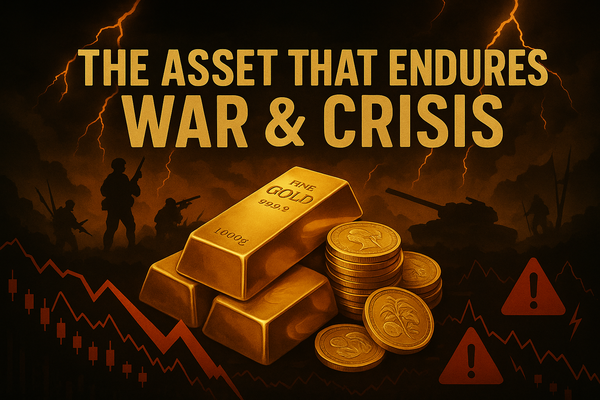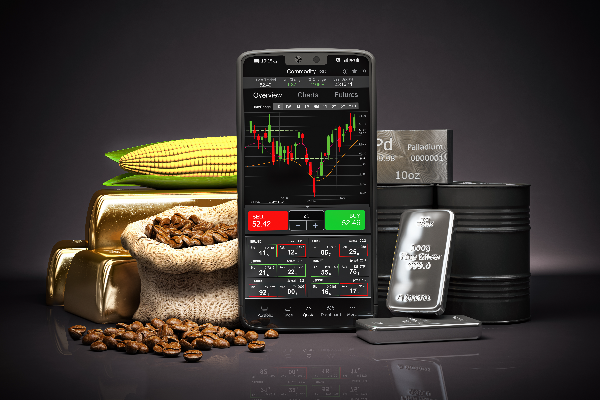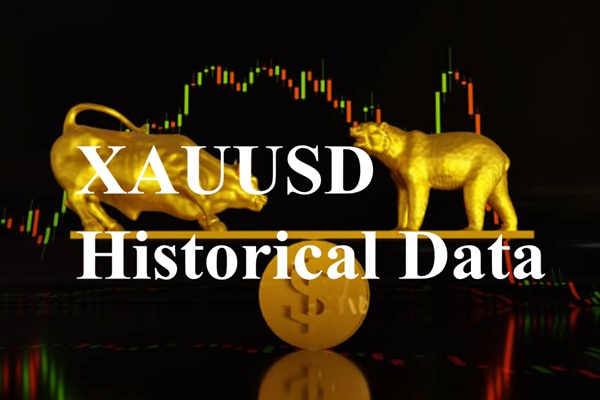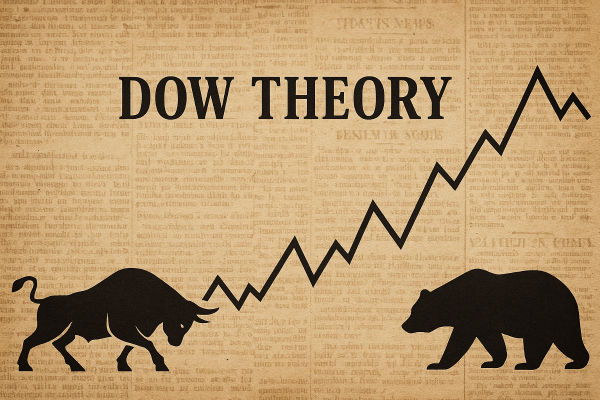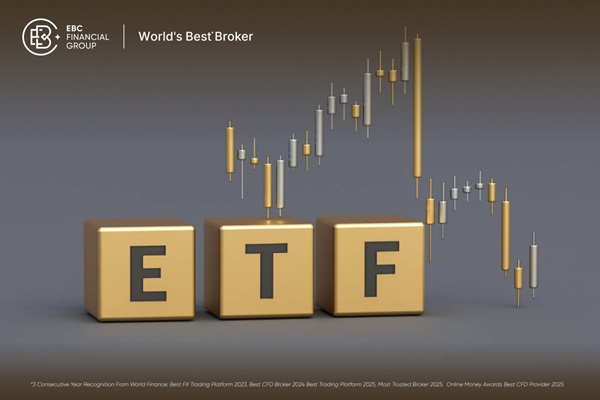Gold is more than just a commodity; it is a global benchmark for economic sentiment and financial stability. Whether used as a hedge against inflation, a safe haven in times of uncertainty, or simply a store of value, gold plays a pivotal role in both individual portfolios and institutional strategies. To understand the price of gold today, it is important to explore its current value, long-term trends, and historical context.
Current Gold Price Overview
 As of June 2025. the spot price of gold stands at approximately US $3.330 per troy ounce, with gold futures trading marginally higher around US $3.350. These levels reflect a significant increase over the past year, driven largely by heightened inflationary concerns, geopolitical tensions, and continued central bank demand. The gold market remains highly responsive to economic indicators, with fluctuations often occurring in response to changes in interest rates, currency strength, and global events.
As of June 2025. the spot price of gold stands at approximately US $3.330 per troy ounce, with gold futures trading marginally higher around US $3.350. These levels reflect a significant increase over the past year, driven largely by heightened inflationary concerns, geopolitical tensions, and continued central bank demand. The gold market remains highly responsive to economic indicators, with fluctuations often occurring in response to changes in interest rates, currency strength, and global events.
Understanding Gold Price Charts and Trends
 Gold's pricing history offers valuable insights into broader economic patterns. In the short term, charts show consistent price movement between US $3.300 and US $3.450 over the past month, indicating a period of consolidation after substantial growth. Long-term charts reveal major turning points:
Gold's pricing history offers valuable insights into broader economic patterns. In the short term, charts show consistent price movement between US $3.300 and US $3.450 over the past month, indicating a period of consolidation after substantial growth. Long-term charts reveal major turning points:
The late 1970s surge, driven by oil crises and inflation
The 2008 financial crisis, pushing prices above US $1.900
The COVID-19 pandemic, propelling gold beyond US $2.000
The record levels in 2025. with prices exceeding US $3.400
These milestones reflect gold's recurring role as a refuge during global uncertainty.
Historical Context and Milestones

Historically, gold was tightly regulated under the Bretton Woods system, with prices fixed at US $35 per ounce until 1971. The shift to a floating price system unleashed market-driven fluctuations. Notable historical benchmarks include:
1980 peak: Surpassing US $800 amid inflation and geopolitical risk
1999 low: Falling to US $253 due to a strong US dollar and central bank gold sales
2011 peak: Reaching US $1.920 following the global financial crisis
2024–2025 highs: Breaking records amid economic uncertainty and renewed institutional interest
These movements are not random—they mirror major economic cycles and trader sentiment shifts.
Why Does the Price of Gold Change Today?
The price of gold is not fixed—it shifts constantly, even minute by minute. But why exactly does it change today, and what makes the difference from one day to the next?
At its core, the gold price reflects global supply and demand, but it's also shaped by expectations. Today's movements are largely driven by market reactions to economic news, political uncertainty, and monetary signals. For instance, if inflation data is released showing higher-than-expected prices, traders may turn to gold as a hedge, increasing demand and driving the price up.
Likewise, gold often reacts to central bank decisions, especially those from the US Federal Reserve. Even subtle changes in interest rate expectations or comments on future economic policy can nudge the price higher or lower. On days when the Fed signals a potential rate cut, gold prices usually rise because the opportunity cost of holding non-yielding assets like gold becomes more attractive.
Geopolitical tensions—such as conflicts, trade disputes, or financial sanctions—can also cause short-term price spikes, as traders rush to safe-haven assets. And let's not forget speculative traders and hedge funds: large trading volumes in futures or exchange-traded funds (ETFs) can amplify small news events into larger price swings.
In short, today's gold price changes because global sentiment changes, and gold, more than most assets, is sensitive to how people feel about risk, stability, and the value of money itself.
Implications for Investors and Traders
For those monitoring gold's daily price or considering exposure, several points are worth noting:
Short-term traders may use price ranges (support near US $3.200 and resistance at US $3.450) for technical analysis and strategic entry.
Long-term traders may view gold as a diversification tool that provides stability in uncertain markets.
Currency fluctuations—especially movements in the US dollar—can significantly impact gold valuations.
Portfolio positioning should consider gold's historical resilience, despite its lack of income generation.
Overall, gold remains a highly relevant asset class, with its price serving as both a market signal and an investment decision-making tool.
Final Thoughts
The current price of gold reflects a confluence of historical significance, real-time market dynamics, and long-term trends. For traders and observers alike, understanding the price of gold today requires more than just numbers on a screen—it demands awareness of economic history, global developments, and strategic applications. Whether you're trading in the short term or investing for the long run, gold remains a key indicator of global confidence—and continues to be one of the most enduring assets in modern finance.
Disclaimer: This material is for general information purposes only and is not intended as (and should not be considered to be) financial, investment or other advice on which reliance should be placed. No opinion given in the material constitutes a recommendation by EBC or the author that any particular investment, security, transaction or investment strategy is suitable for any specific person.




 Gold's pricing history offers valuable insights into broader economic patterns. In the short term, charts show consistent price movement between US $3.300 and US $3.450 over the past month, indicating a period of consolidation after substantial growth. Long-term charts reveal major turning points:
Gold's pricing history offers valuable insights into broader economic patterns. In the short term, charts show consistent price movement between US $3.300 and US $3.450 over the past month, indicating a period of consolidation after substantial growth. Long-term charts reveal major turning points:








